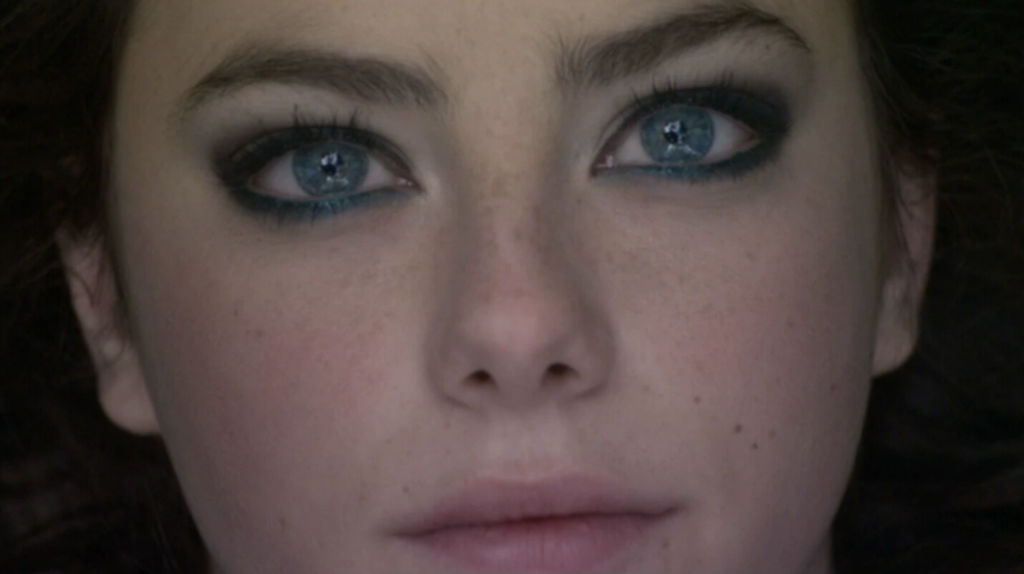You’ve heard the whispers. Maybe you’ve read a few articles surrounding the resurgence of the trend, or seen a few fashion creators covering the aesthetic on your FYP. But it’s true: the rapidly changing trend cycles have officially kicked the late 2000s trend of “Indie Sleaze” back into fashion and we’re here to break it down for you.
What is “Indie Sleaze”?
“Indie Sleaze” is a fashion aesthetic that grew in popularity within the US and the UK between 2006 and 2012. The trend was seen as a direct response to the great recession of the same time period and increased in popularity due to the widespread accessibility of the style, optimistic vibes and “unplugged” mentality.
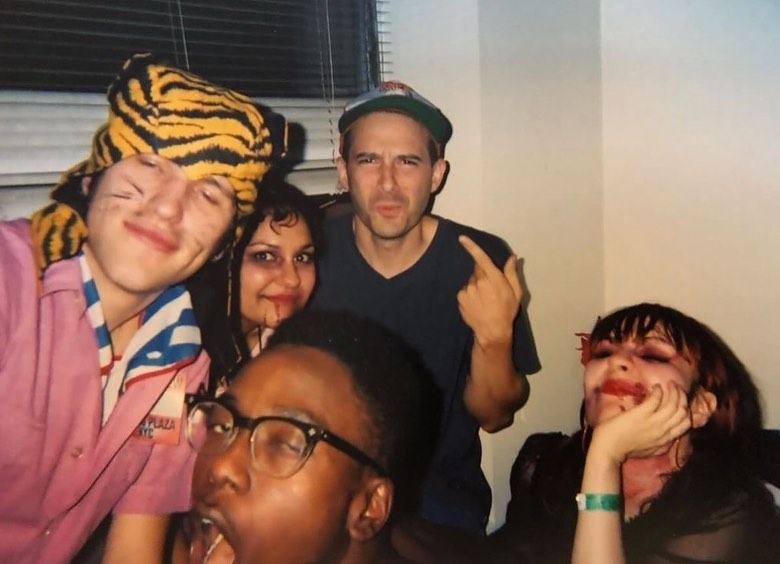
The term, however, has only recently been coined as of 2021 by fashion TikTokers such as Mandy Lee. You can watch her breakdown of the rising trend here.
“Indie Sleaze” is closely inspired by 1980s popular fashion and grunge fashion. Although the aesthetic’s roots are born of the grunge, DIY and punk scenes, they are only loosely connected. While “Indie Sleaze” is the direct descendent of the sweaty, intimate, “this is life” vibes of the DIY scene, it’s a bit more high brow than many think. Indie sleaze has also been referred to as a mash-up of other styles such as twee, scene, and electropop, which you can read more about here.
The trend is also being re-popularized by the new Instagram account @indiesleaze, which reposts iconic imagery of the time. You can browse through their eclectic collection of photos here.
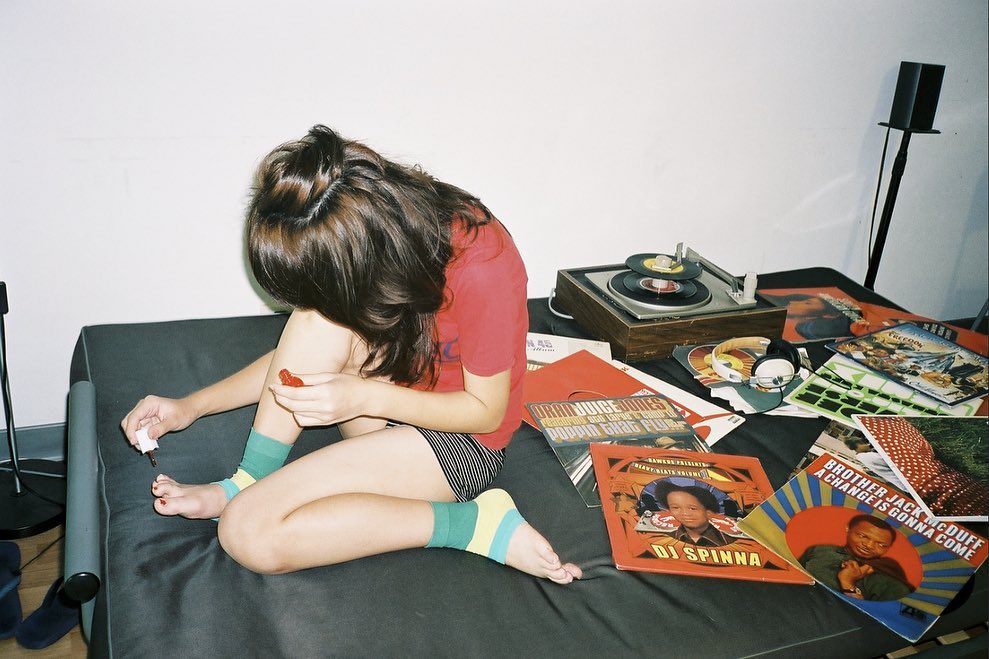
While “Indie Sleaze” rose in popularity during the late 2000s, it found its footing early within the peak of the long-forgotten social media platform MySpace, as well as Tumblr, back when the site was in its heyday. “Indie Sleaze” is a direct revival of the “hipster” fashion aesthetic that lost popularity in the late 2010s.
As the aesthetic is recirculated by trend forecasters and fashion bloggers alike, it is important to remember that it came about within the midst of a recession as one of the last-ditch efforts to fight off late-stage capitalism.
As news outlets report every day, we are entering another recession and are currently in the midst of late-stage capitalism. With Y2K fashion on its way out of popular culture, “Indie Sleaze” is the next logical step.
While Y2K fashion placed heavy emphasis on consumerism and fast fashion, “Indie Sleaze” relies heavily on greasy hair and makeup, thrifted clothing and analog technology as opposed to digital and BlueTooth.
“Indie Sleaze” aesthetic places great emphasis on point-and-shoot flash photography, leaving the house without your phone, wild nights out and dancing until you drop. Read more about the trend’s roots here.

Important Aspects of “Indie Sleeze”
Indie sleaze consists of several elements stolen from other aesthetics but overall its comprised of dressing in metallics, chokers, plaid, converse sneakers, layered jewelry, thrifted American Eagle, leather, fedora’s, band t-shirts, and skinny jeans among other things.
That’s right, skinny jeans are making a comeback.
Effy Stonem (Kaya Scoldelario) from the popular British television series “Skins” is the poster child for the “Indie Sleaze” aesthetic. Effy’s effortless disheveled appearance, perfectly smudged makeup and tortured mindset was something every late 2000s to mid-2010s emo girly strived to achieve.

Musical artist Sky Ferreira is also very closely associated with the trend and was the go-to for inspiration during the original wave of the aesthetic. Fashion bloggers such as The Cobrasnake, Terry Richardson, and Alexa Chung as well as the original elusive influencers, Mary-Kate and Ashley Olsen were also big perpetrators of the trend.
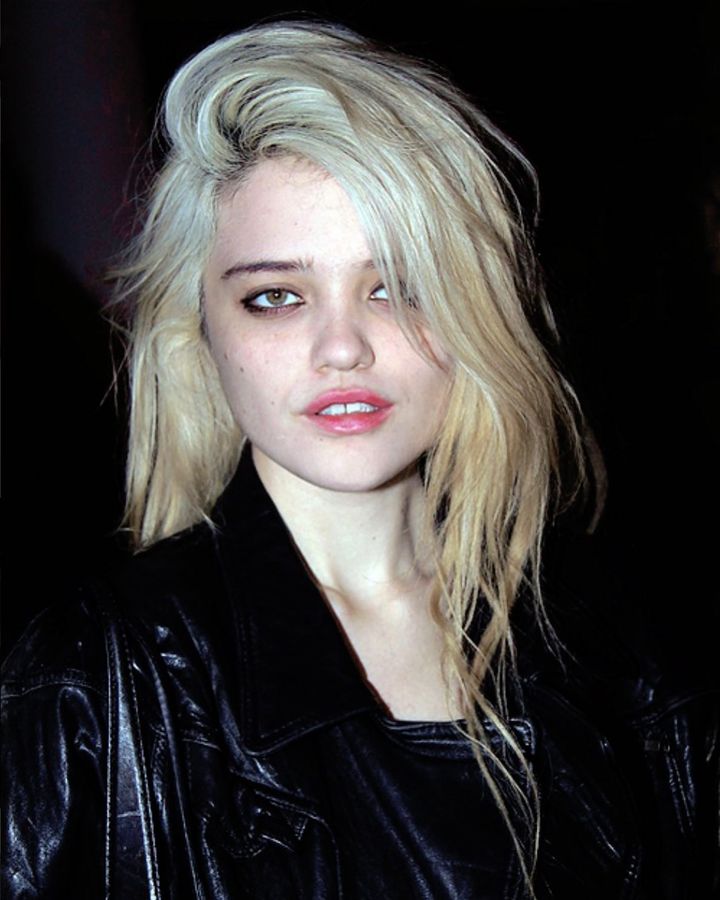
Problems with “Indie Sleaze”
While the aesthetic has taken on a more high fashion approach this time around – with A-listers such as Gigi Hadid, Taylor Swift and Zoe Kravitz unknowingly carrying out the practice, it’s important to note that the trend was popular during a time period when the glamorization of extreme thinness, eating disorders, heavy drug use and predatory behavior was prevalent in mainstream popular culture.
The care-free mentality associated with “Indie Sleaze” is a universal desire still coveted by all, but it tends to lean on the more cavalier and thoughtless side of existence in practice. When an aesthetic is curated based solely on “vibes” and having a good time (or at least looking like you’re having a good time) it becomes unsustainable and inaccessible to the masses.
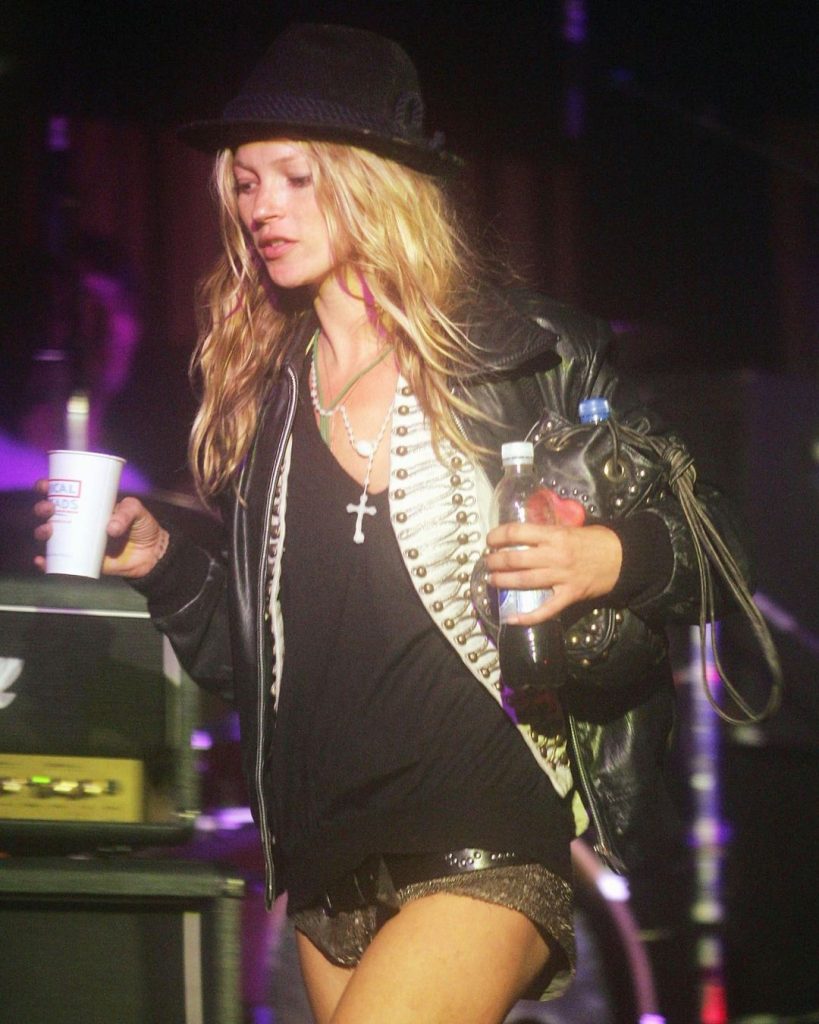
“Indie Sleaze” glamorizes the lifestyle of the indie music scene but more for the opportunity to snap a photo of chaotic, “whimsical” hijinks than for the actual indie music itself.
You can read more about the problematic nature of “Indie Sleaze” here.
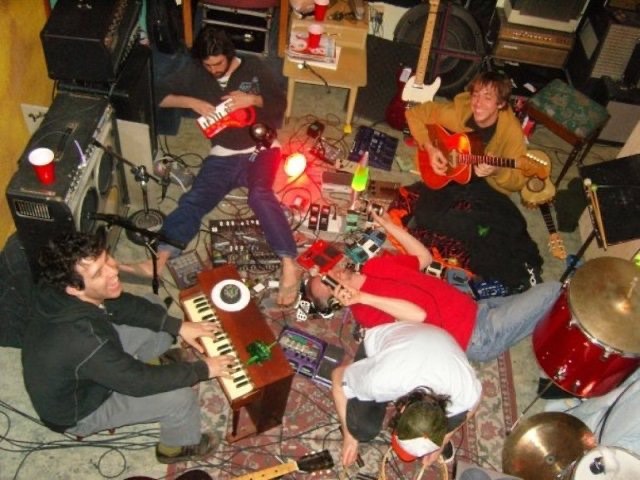
The Resurgence of “Indie Sleaze”
The resurgence of the trend can be cataloged by the recent uptick in “candid” photos of celebrities as well as the recent release of Taylor Swift’s “Midnights” which is cited as the true beginning of “Indie Sleaze” wave on a mainstream level.
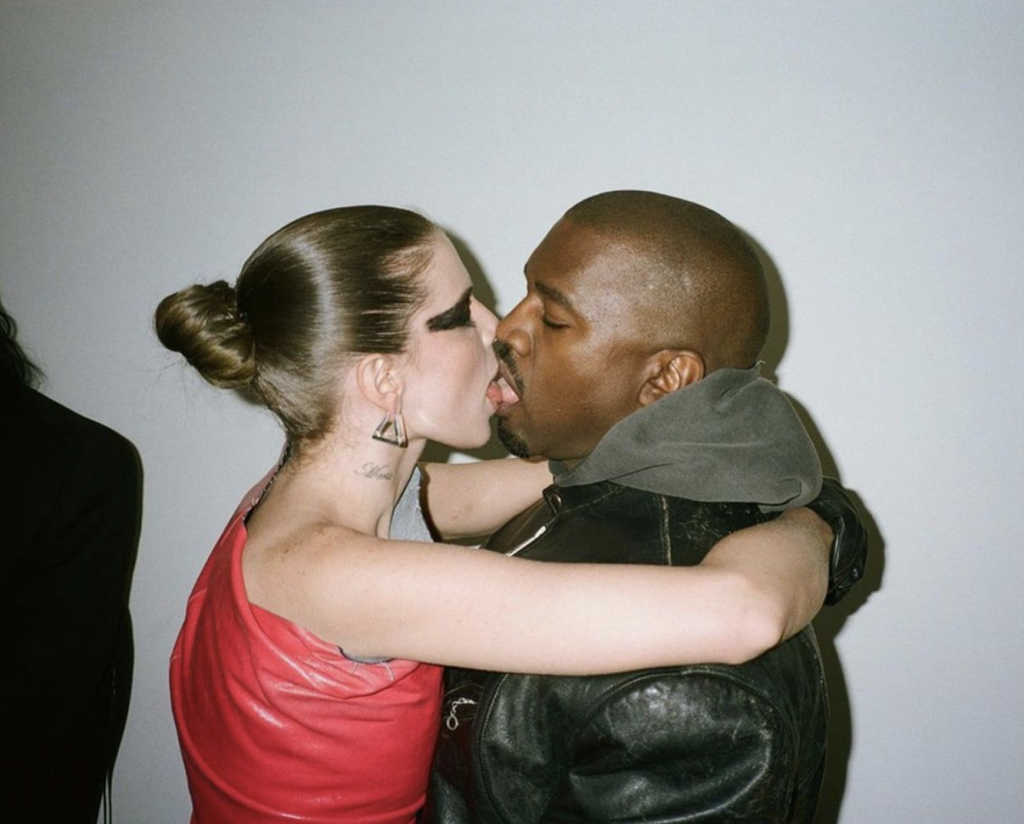
There has also been a recent push for “Indie Sleaze” makeup trends which you will catch live in action as the holiday season grows nearer. It’s also the time for dark, glittery makeup. You can watch an “Indie Sleaze” makeup tutorial here.
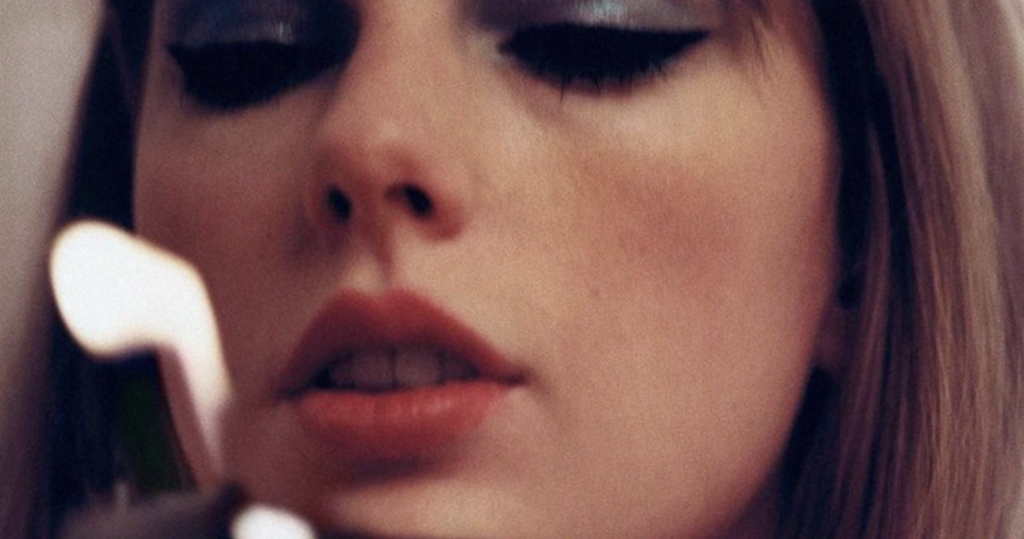
The rising trend is also being closely tracked by fashion blogs and TikTokers alike. It seems as if the trend will remain on a low simmer for the next few months before fully kicking into high gear at the beginning of next year.
While many of us grew up Effy Stonem stans and religiously listened to Sky Ferreira’s “Night Time, My Time” on repeat, as well as watched the rise and fall of “Indie Sleaze” from the sidelines, what is remembered by the masses of this period of time are the darker moments of it. While this is an aesthetic that promotes having a good time, seeing live music, not washing your face for days and still looking good, as well as effortless girly punk vibes, it’s important to note how hollow the media around it seemed.
If “Indie Sleaze” is the fight against minimalism and capitalism, and was developed naturally back in the late 2000s, it’s not a genuine resurgence if its return is forced and commodified by brands and fashion girlies alike simply because the 90s, Y2K and Millennial Minimalism are out.
